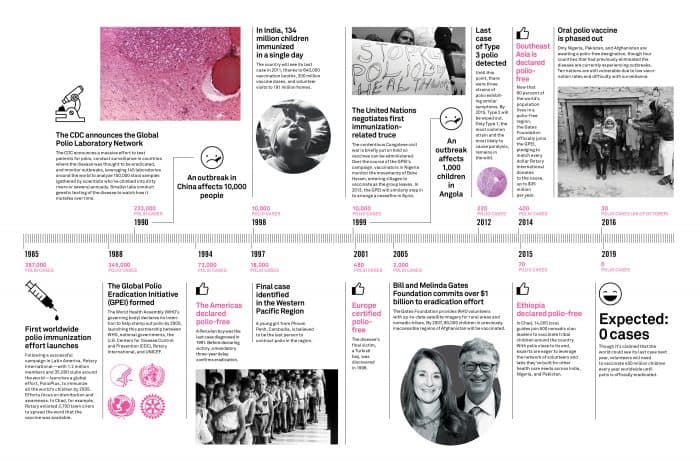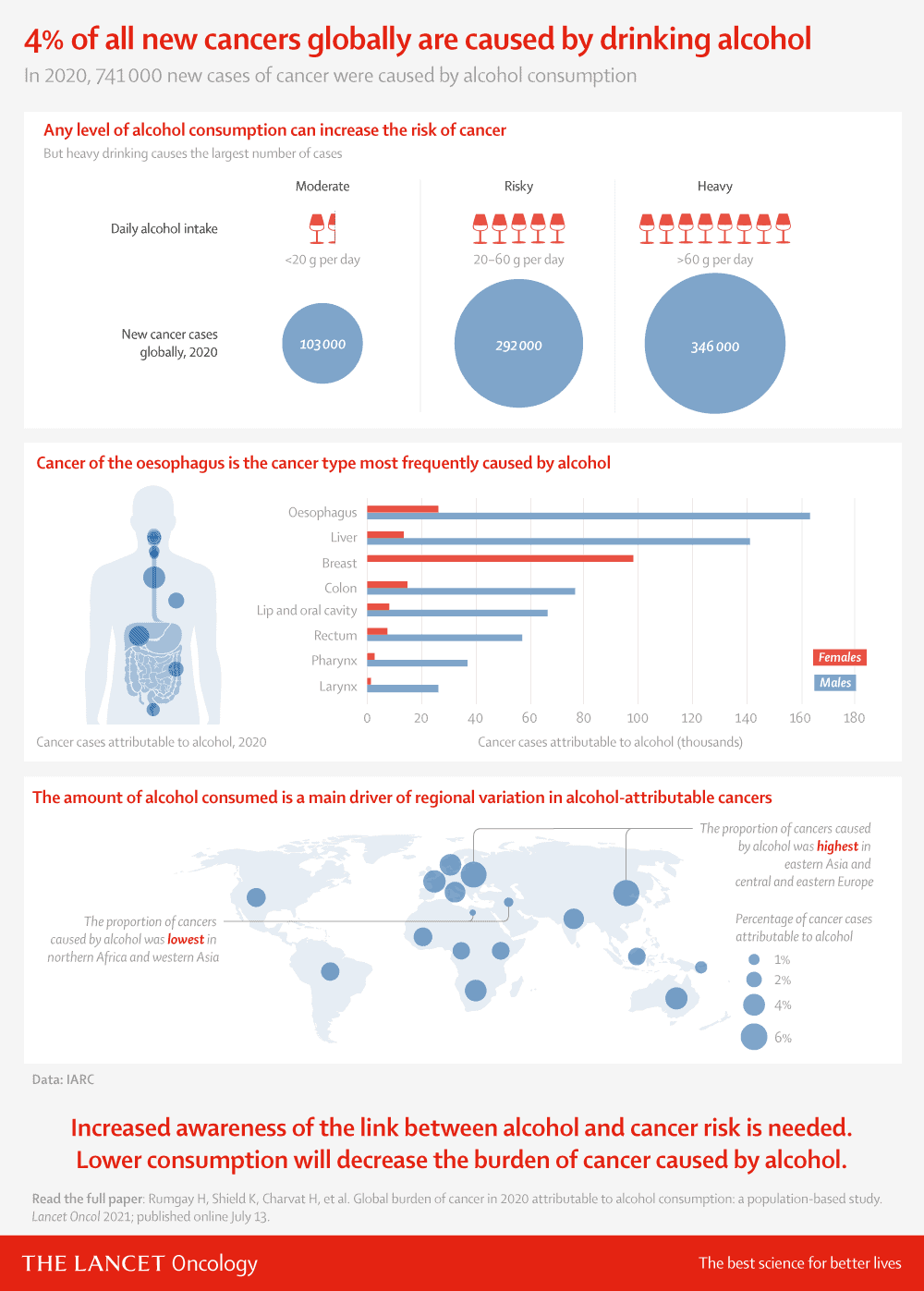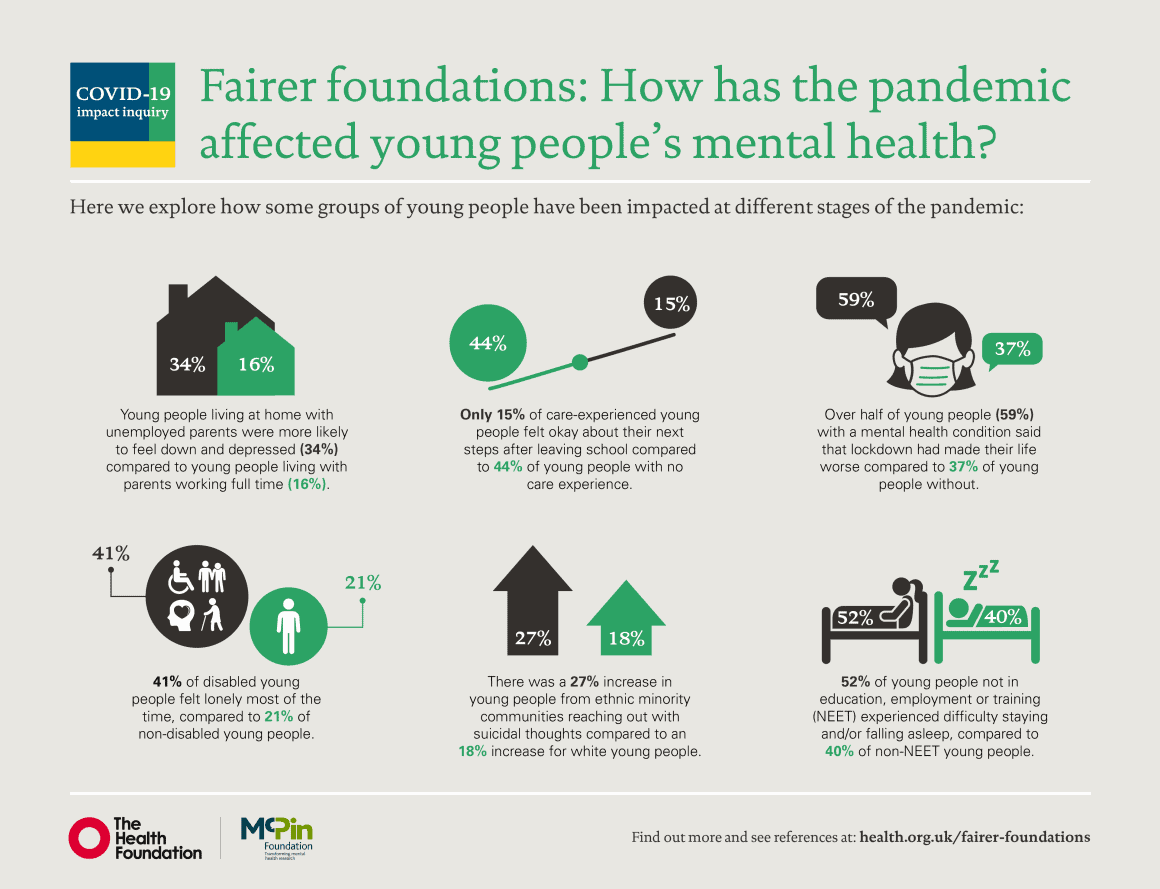
To most people living in the modern developed world, polio may seem like a distant memory. But it’s important to remember the history of this terrifying illness, as it holds many lessons for people today.
Today countries spend a vast amount of money on healthcare and disease eradication, but few efforts in history have been as successful as the eradication of polio. In 1985, when Rotary International launched the first worldwide polio immunization, there were 387,000 cases of polio worldwide. In 2016, there were 30 cases. How did the medical and development community eradicate this widespread disease with such rapid success?
As with most large-scale projects, it was a multidisciplinary effort that involved the coordination of healthcare providers, governments, non-governmental actors, and countless others. The World Health Organization’s Global Polio Eradication Initiative, formed in 1988, played a role, as did the Bill and Melinda Gates Foundation, which raised over $1 billion for the eradication effort. In 1999, the United Nations even took the unusual step of negotiating the first-ever immunization-related truce in the Congolese civil war.
The fight against polio should be inspiring because it gives us hope that the common diseases of today (cancer? dementia?) could be tomorrow’s historical anachronisms.




